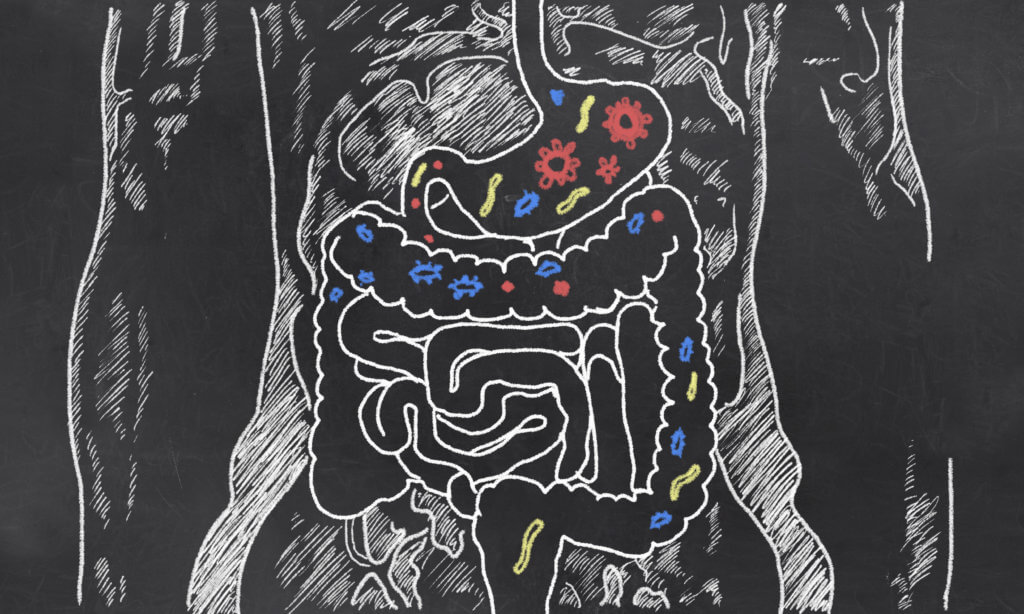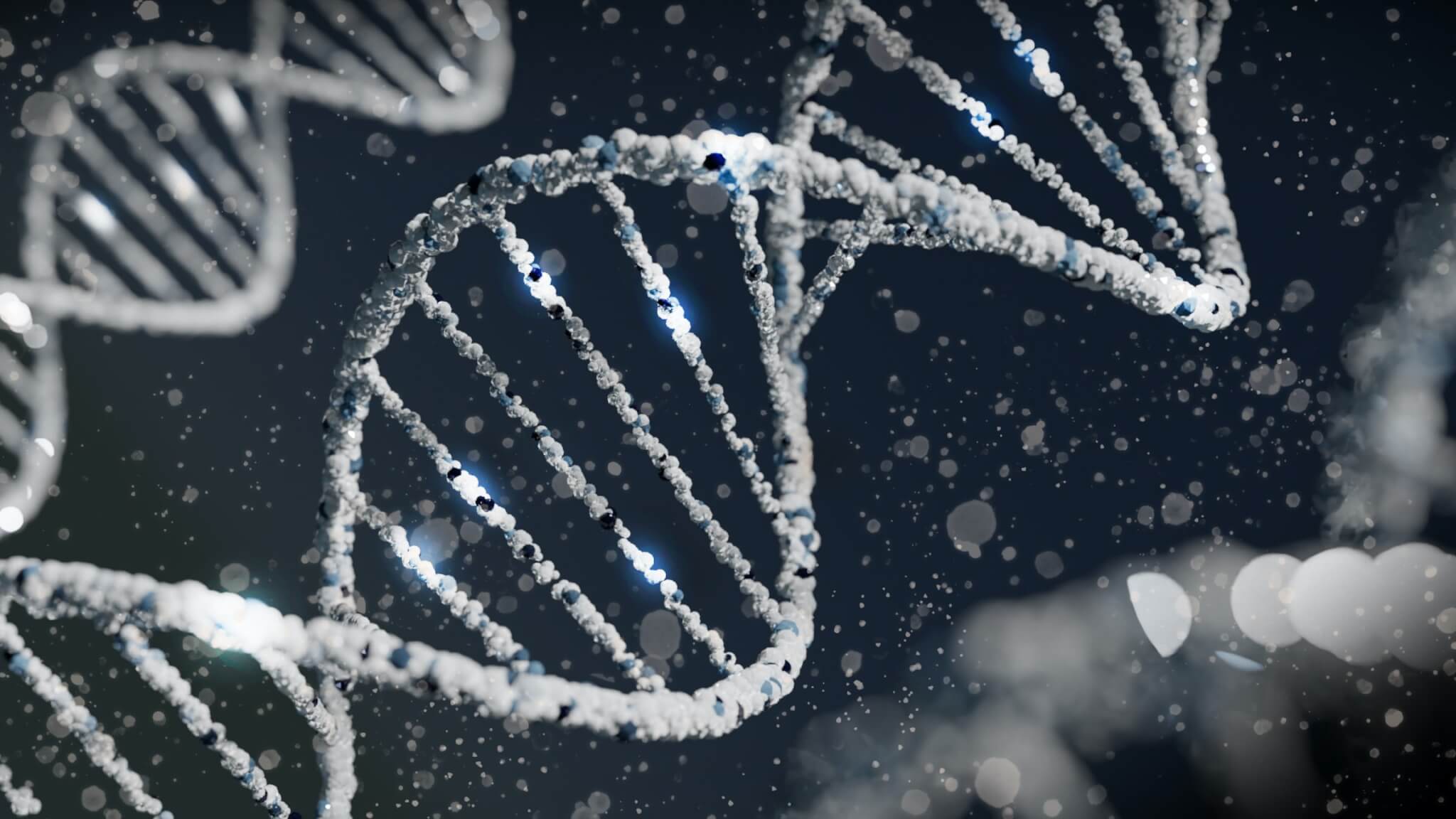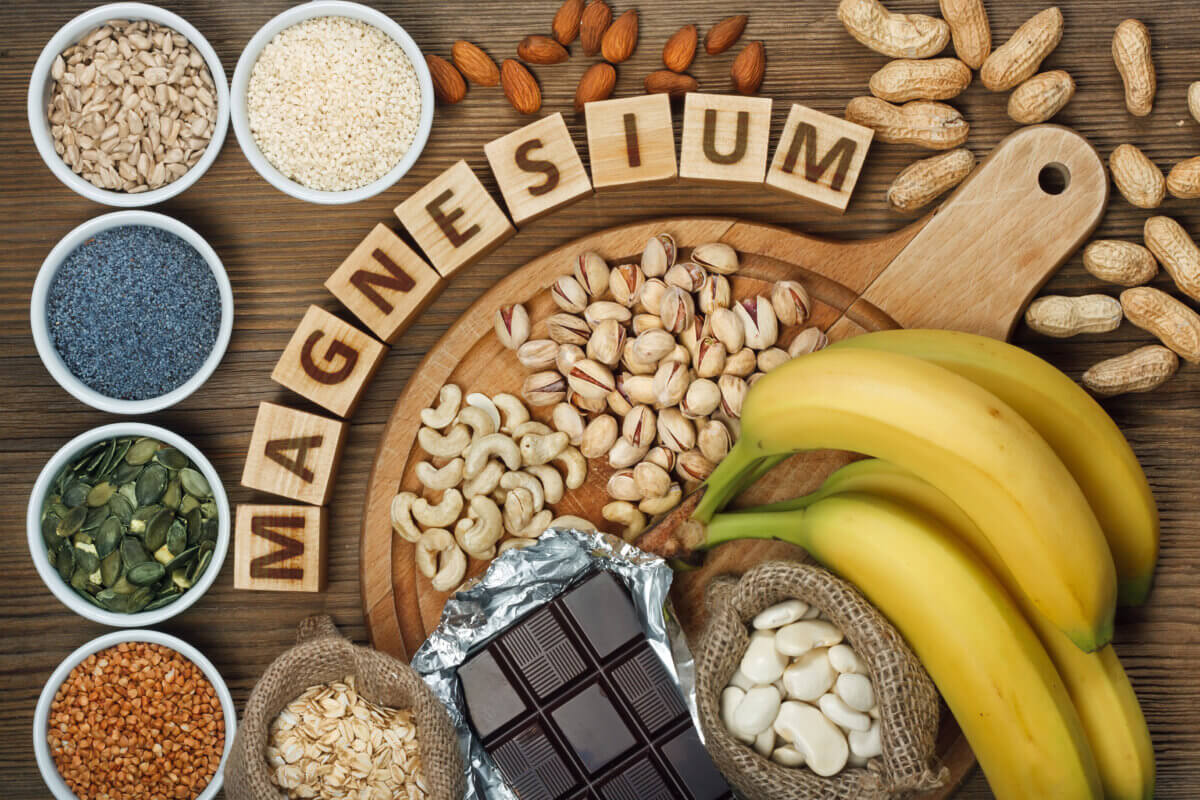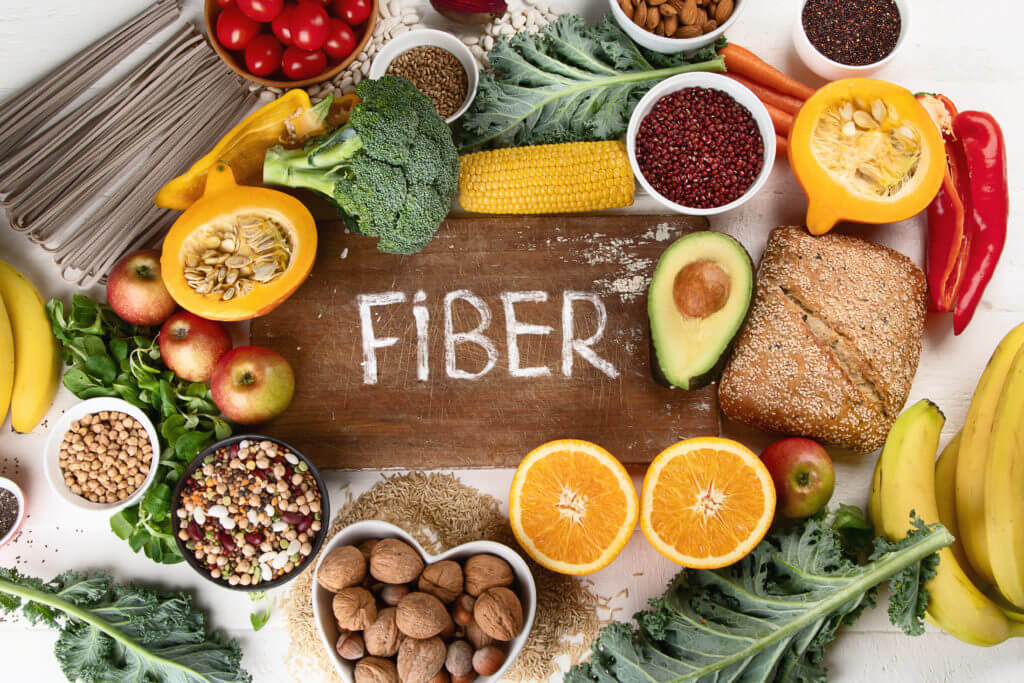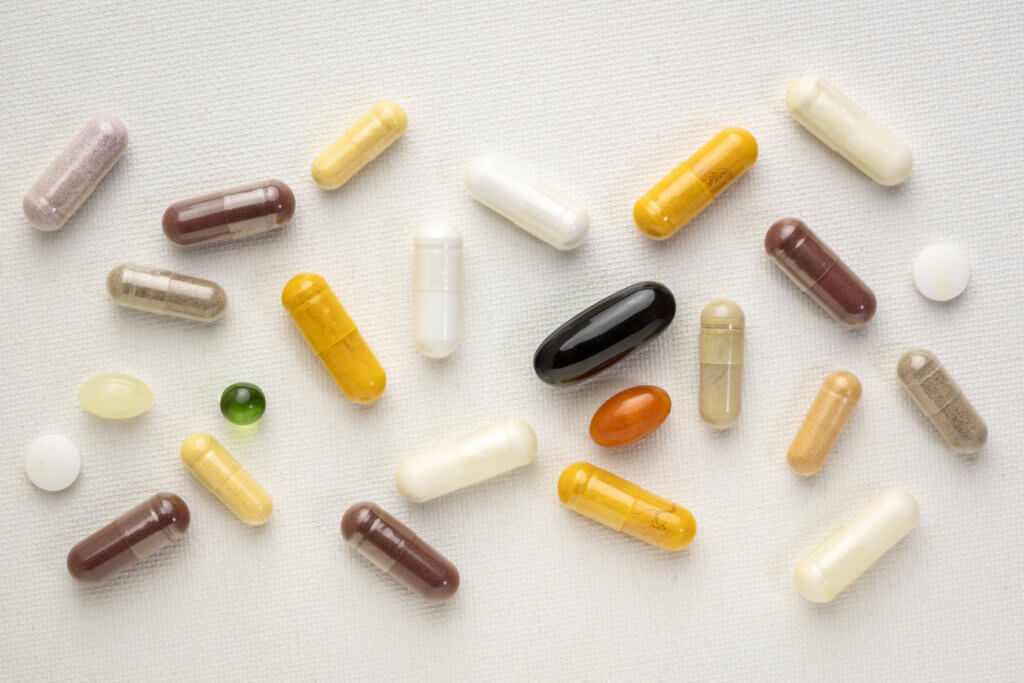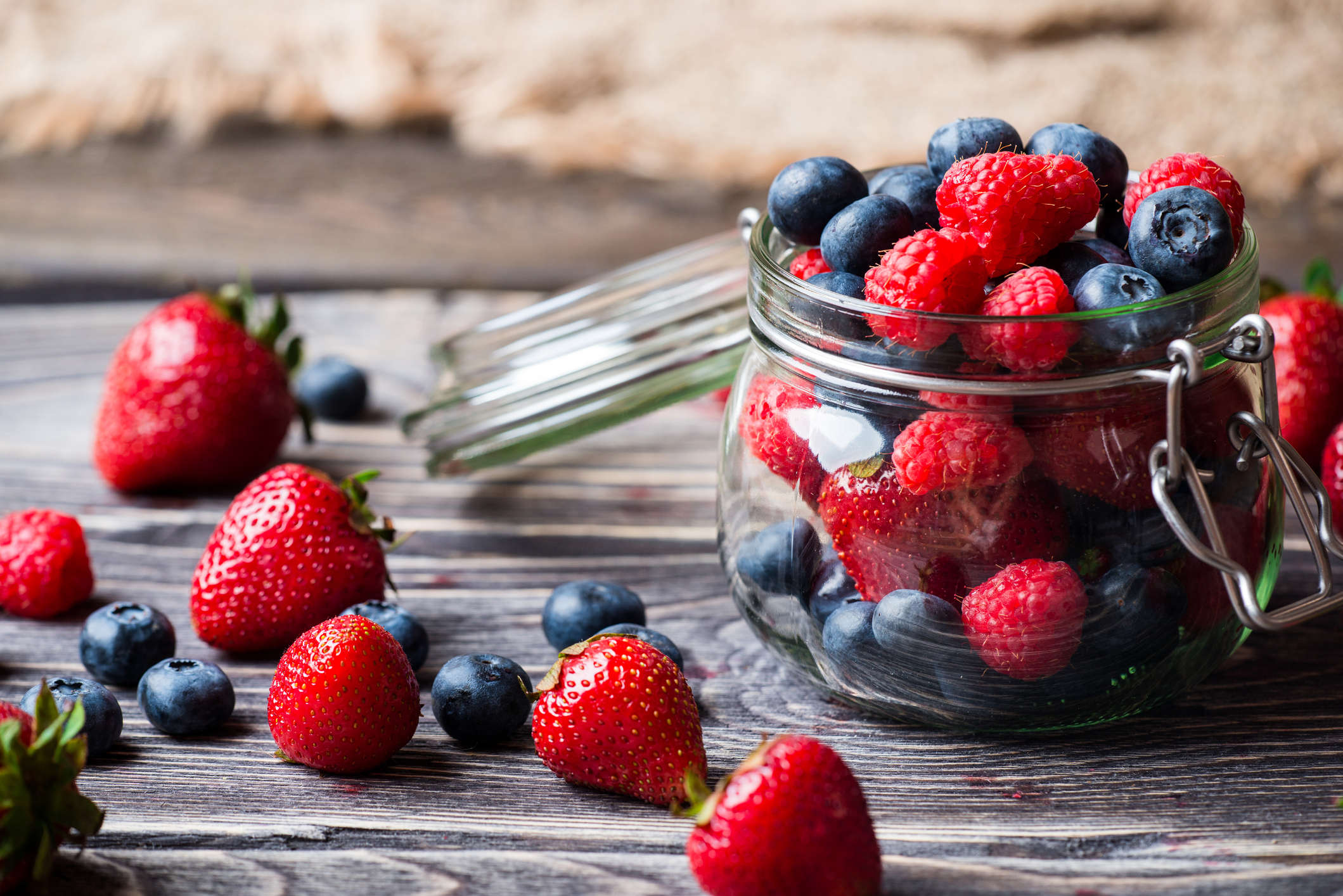One of the most important topics I discuss with patients on a weekly basis during the winter months is the importance of seasonal nutrition. During the colder months, I teach patients creative ways to use food and spices to warm the body, stimulate digestion, promote blood circulation, and nourish / protect the lungs.
As stated in the Su Wen: “Qi and Blood like warmth and are averse to cold. When there is cold, they are rough and cannot flow.” In this article, let’s discuss important foods and spices that are easy for patients to add to recipes to not only boost health and vitality overall, but also protect the health of the lungs during the predictable season of such challenges as RSV, flu, COVID, and influenza-like illness that all too often lead to upper respiratory issues.
Apples
Apples are one of my favorite winter foods. Although cooling in nature, this fruit is packed with nutrition for lung and digestive health. Apples enter the lung, large intestine, stomach, spleen, and heart channels; and have the flavors of sweet and sour. Tending to tonify qi and nourish yin, apples also clear heat and eliminate toxins.
Baked apples with spices such as clove, nutmeg, cayenne and cinnamon is a phenomenal dish to promote lung and digestive health, as well as warm the body and promote blood circulation.
Onions
Onions are another excellent winter food and can be prepared raw or cooked. In ayurvedic medicine, raw onions tend to be heating and stimulating, while cooked onions tend to be more tonifying and nourishing due to the sweet flavor.
Overall, onions are warming and enter the lung, large intestine, stomach, and liver channels; and have a pungent / sweet flavor. Onions help stimulate the circulation of qi and blood, disperse cold, clear damp, and resolve phlegm.
This food can be easily added to salads and soups, and can also be used to make an extremely effective topical poultice for recalcitrant coughs and cold / flu scenarios with significant cold symptoms coupled with deep-seated coughs.
Garlic
Known as da suan in traditional Chinese medicine, garlic is perhaps the most important food to have in the kitchen during the winter months. With its strong warming and dispersing characteristics, garlic moves qi and blood, warms the body, clears damp, eliminates toxins, disperses wind, and resolves phlegm.
Hot in nature, garlic enters the lung, stomach, spleen, heart, and liver channels. Its flavor can range from sweet to salty to acrid, depending upon the preparation.
A specific remedy for wind cold patterns, garlic is incredibly effective for protecting the lungs and resolving almost any bacterial / viral infection, particularly when eaten raw sprinkled on food. Depending upon the constitution of the patient, garlic can be taken daily with meals or reserved for acute health challenges.
Carrots
With their neutral temperature, carrots are sweet and tonify the qi. They enter the lung, spleen, and liver channels, and have the actions of circulating and tonifying qi, clearing heat, draining dampness, and eliminating toxins.
This vegetable can be eaten raw, but during the winter months it can be gently baked with spices and added to soups as well, making it an incredibly versatile food for deep nourishment during the winter months.
Cabbage
Neutral in temperature, cabbage is sweet / pungent and enters the lung, large intestine, and stomach channels. Its properties include circulating the qi, clearing heat, stopping cough, clearing toxins, and moistening the intestines.
Cabbage comes in many varieties and can be added to salads, soups and other recipes.
Swiss Chard
Cooling in temperature, chard is sweet in flavor and enters the lung, large intestine, stomach, and spleen channels. Chard clears heat and eliminates toxins; and can be steamed or sauteed, as well as minced / chopped and added to soups.
Sweet Potato
One of the most popular holiday foods, sweet potatoes are a wonderful source of nourishment. They have a neutral temperature, enter the large intestine, stomach, spleen, and kidney channels, and deeply nourish qi, blood, and yin, making sweet potatoes a unique and important food.
Adding cinnamon and even a small amount of cayenne to a sweet potato dish helps warm the body and move the blood. Combining carrots, sweet potatoes, and these spices makes a wonderful warming tonic for cultivating deep health.
Walnuts
Known as hu tao ren in TCM, walnuts are warm in temperature and enter the lung, large intestine, small intestine, and kidney channels. A deeply nourishing food, walnuts have a slightly sweet flavor and nourish the qi, warm kidney yang, warm the lungs, moisten dryness, resolve phlegm, and supplement the kidney jing. This wide range of benefits is particularly important during the cold winter months when patients are exposed to the drying effects of interior environmental heating, which can often dry out the lungs and mucus membranes.
Walnuts can easily be added to soups, salads, pasta, or just eaten as a snack.
Educate Your Patients
Teaching patients about healthy nutrition during the winter months is essential and should not be overlooked. Acupuncture and herbal medicine provide powerful winter support; however, nutrition is the foundation for deep vitality. Emphasizing warming and nourishing foods that enter the lung, large intestine, spleen, stomach, and liver channels also helps the body prepare for the spring season. Bon appetit!


